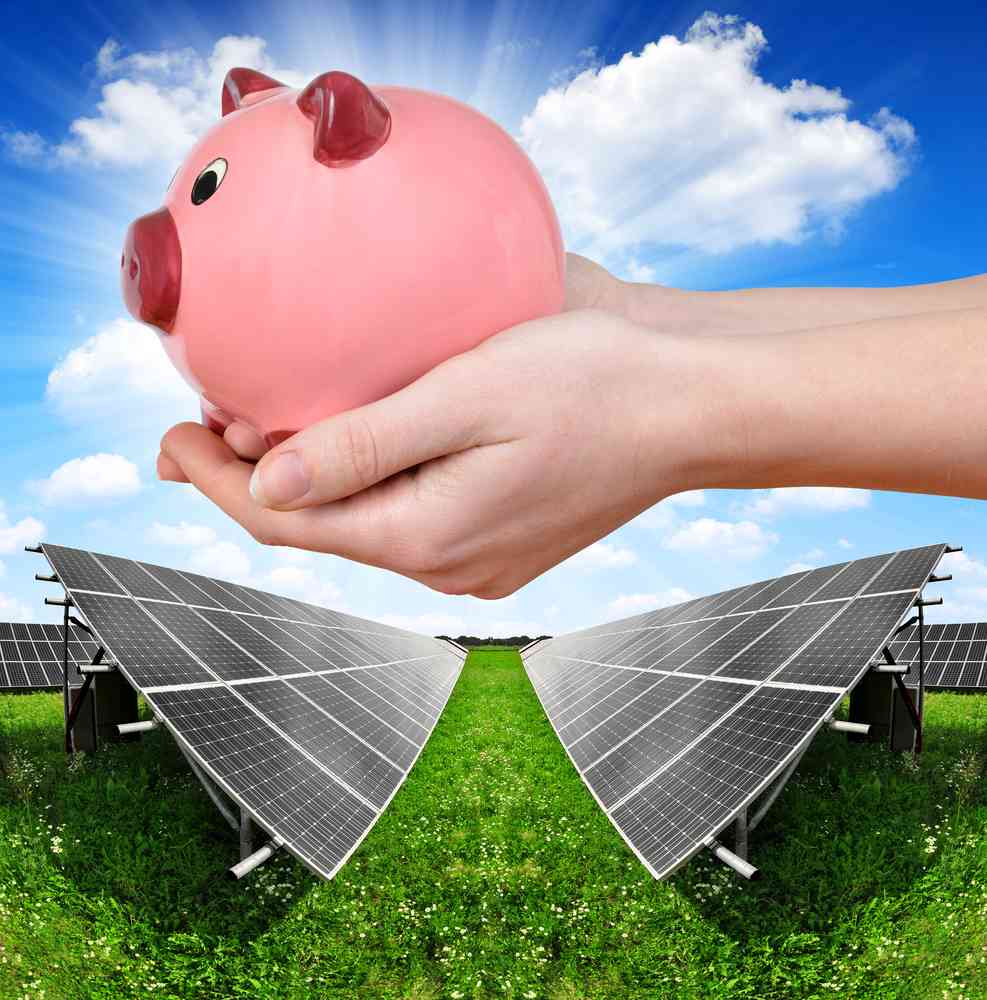
Solar Energy is energy from the sun that is converted into thermal or electrical energy. Solar energy is a flexible energy technology and is the cleanest and most abundant renewable energy source available. The U.S.A. has some of the richest solar energy resources in the world. Modern technology can harness this energy for a variety of uses, including generating electricity, providing light or a comfortable interior environment, and heating water for domestic, commercial, or industrial use.
There are several ways to harness solar energy and create power: photovoltaics -also called solar electric, solar heating & cooling, concentrating solar power- typically built at utility-scale, and passive solar.
Solar panel electricity systems — also known as solar pv panels or photovoltaic panels — capture the sun’s energy using photovoltaic cells. It converts it into electricity for you home. Photovoltaic panels have been in use for decades and represent an environmentally-friendly means of converting solar energy into electricty. These cells don’t always need direct sunlight to work, and can still generate electricity on cloudy days.
If your home qualifies, you could get them for free. Solar companies install the solar energy panels free of charge, and pay for any maintenance and connection charges. Then they collect any profit from the green electricity that is generated. You benefit from the free electricity generated from the solar energy panels, without any of the cost.
TOP TIP There are two types of commonly available solar panels for home: photovoltaic (PV) panels and thermal panels. The latter are used only to heat water and are not as popular. Solar PV panels convert energy from the sun into electricity.
Making solar panels is a delicate process, and it is for this reason that major solar advances did not come into play until the lattermost quarter of the last century, when advances in semiconductors and photovoltaic design allowed increasingly efficient and affordable solar cells to be developed.
The creation of solar panels typically involves cutting crystalline silicon into tiny disks less than a centimeter thick. These thin, wafer-like disks are then carefully polished and treated to repair and gloss any damage from the slicing process. After polishing, dopants (materials added to alter an electrical charge in a semiconductor or photovoltaic solar cell) and metal conductors are spread across each disk. The conductors are aligned in a thin, grid-like matrix on the top of the solar panel, and are spread in a flat, thin sheet on the side facing the earth.
To protect the solar panels after processing, a thin layer of cover glass is then bonded to the top of the photovoltaic cell. After the bonding of protective glass, the nearly-finished panel is attached to a subtrate by an expensive, thermally conductive cement. The thermally conductive property of the cement keep the solar panel from becoming overheated; any leftover energy that the solar panel is unable to convert to electricity would otherwise overheat the unit and reduce the efficiency of the solar cells.
Despite these protective measures against the tendency of solar panels to overheat, it is vital that when installing a solar panel, additional steps should be taken to ensure the solar panel is kept cool. Elevating the solar panel above ground) to let the airflow underneath cool the device.
Amorphous silicon solar panels are a powerful, emerging line of photovoltaics, that differ in output, structure, and manufacture than traditional photovoltaics which use crystalline silicon. Amorphous silicon solar cells, or A-si cells, are developed in a continuous roll-to-roll process by vapor-depositing silicon alloys in multiple layers, with each extremely thin layer specializing in the absorption of different parts of the solar spectrum. The result is record-breaking efficiency and reduced materials cost (A-si solar cells are typically thinner than their crystalline counterparts).
Some Amorphous Solar Panels also come with shade-resistant technology or multiple circuits within the cells, so that if an entire row of cells is subject to complete shading, the circuit won't be completely broken and some output can still be gained. This is especially useful when installing solar panels on a boat.
The development process of Amorphous Silicon solar panels also renders them much less susceptible to breakage during transport or installation. This can help reduce the risk of damaging your significant investment in a photovoltaic system. Click here for more information on amorphous silicon solar panels.